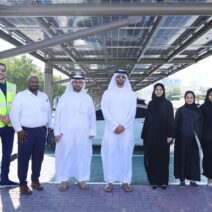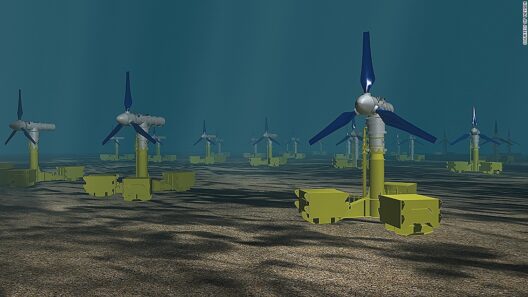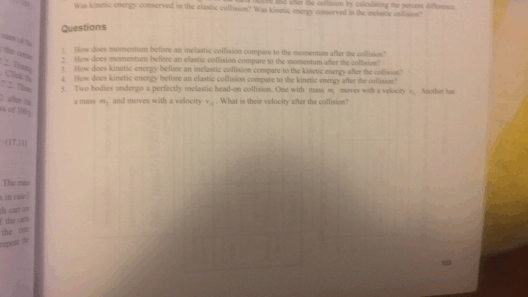Combustion is a profoundly captivating phenomenon, deeply entwined with our daily lives, from the flickering flame of a candle to the roaring engine of an automobile. At its core, combustion represents a chemical reaction—a direct interplay between fuel and oxidizer, primarily oxygen. This intricate dance of molecules yields energy, heat, and light, but what truly engrosses environmentalists and energy enthusiasts alike is the essential process of energy conservation that occurs during combustion.
To comprehend energy conservation during combustion, one must first grasp the concept of energy transfer. Energy is neither created nor destroyed; rather, it transitions from one form to another. The law of conservation of energy posits that the total energy within an isolated system remains constant. In the case of combustion, chemical energy inherent in fossil fuels or biomass converts to thermal energy through exothermic reactions, where reactants release energy as they transition into products.
The combustion process typically begins when fuel, such as natural gas, coal, or wood, reaches a specific ignition temperature in the presence of an adequate oxygen supply. As these materials burn, carbon and hydrogen atoms react with oxygen to form carbon dioxide and water vapor, alongside an array of other byproducts depending on the fuel’s composition. The reaction releases substantial quantities of heat, which can be harnessed for various applications, ranging from cooking and heating to electricity generation.
One may often observe that in many combustion processes, particularly with traditional fossil fuels, not all energy is effectively utilized. A significant proportion dissipates into the environment as waste heat, contributing to inefficiencies. This phenomenon raises an important discussion regarding how energy conservation principles can be leveraged to enhance the efficiency of combustion.
Consider the applications of energy-efficient technologies, such as combined heat and power (CHP) systems. By simultaneously generating electricity and useful heat from the same fuel source, CHP systems epitomize energy conservation. When traditional combustion processes generate power, surplus heat is often lost in the atmosphere. However, CHP technologies capture this superfluous thermal energy and utilize it for space heating or even for industrial processes, thus epitomizing an astute application of energy conservation.
Moreover, the fascination with combustion extends beyond efficiency; it delves into emissions and the associated environmental ramifications. The products of combustion—particularly carbon dioxide—are pivotal in global climate change discussions. Energy conservation, therefore, is not merely a mechanical or mathematical consideration; it embodies our commitment to fostering sustainable practices. Reducing the carbon footprint is synonymous with improving combustion efficiency, which directly correlates with energy conservation. Consequently, efforts to advance cleaner combustion technologies, such as low-emission burners and biofuels, are crucial for mitigating the environmental impact.
In addition to fossil fuels, the current shift towards renewable energy sources introduces new dynamics in the combustion discourse. Biomass, for example, exhibits intriguing characteristics as a renewable fuel. While combustion still releases energy in the form of heat, the carbon cycle associated with biomass is often viewed as carbon-neutral. Trees absorb carbon dioxide as they grow, and when biomass is burned, it releases the same amount of carbon back into the atmosphere, resulting in a closed-loop system. This dynamic illuminates another layer of energy conservation, whereby the continual growth and combustion of biomass fuels can theoretically contribute to maintaining atmospheric balance.
Furthermore, energy conservation during combustion elicits curiosity in the realm of advanced combustion chemistry. Researchers continually explore molecular interactions within the combustion process, striving to delineate the pathways that maximize energy yield while minimizing waste. Studies involving reaction kinetics and thermodynamics unveil complex mechanisms that govern fuel efficiency and emissions. This research not only captivates academic circles but also has far-reaching implications for energy policy and technological innovation.
As innovations unfold, methods such as staged combustion, air injection technologies, and catalytic converters are emerging as paradigmatic shifts in combustion practices, reinforcing energy conservation principles. Staged combustion techniques, for instance, optimize the mixture of air and fuel, allowing for more complete combustion, which directly correlates with reduced emissions and enhanced energy output. The introduction of catalytic converters in automotive engines serves as another compelling example, catalyzing reactions that transform harmful emissions into less deleterious substances, effectively making combustion cleaner and more efficient.
The relationship between energy conservation and combustion is not solely an analytical endeavor; it resonates on a societal level. The pursuit of efficiency and the reduction of emissions engage public interest and underscore the necessity of informed energy consumption. As individuals become more cognizant of their energy choices—from the vehicles they drive to the appliances they use—they contribute to a larger narrative of sustainability and conservation, redefining what it means to be responsible stewards of the environment.
In conclusion, the intricacies of energy conservation during combustion unveil a rich tapestry of scientific, environmental, and societal interrelations. This multifaceted phenomenon invites exploration and understanding, revealing the potential to harness energy more efficiently while minimizing our ecological footprint. Every flicker of flame carries with it a reminder of the energy transitions occurring within the vast universe, and as society progresses, the commitment to optimizing combustion processes must remain at the forefront of our collective energy discussions. Through innovation, education, and conscientious choice, we can pave the way for a more sustainable energy landscape, where conservation is not merely a goal, but a foundational principle guiding our interactions with the planet’s resources.







